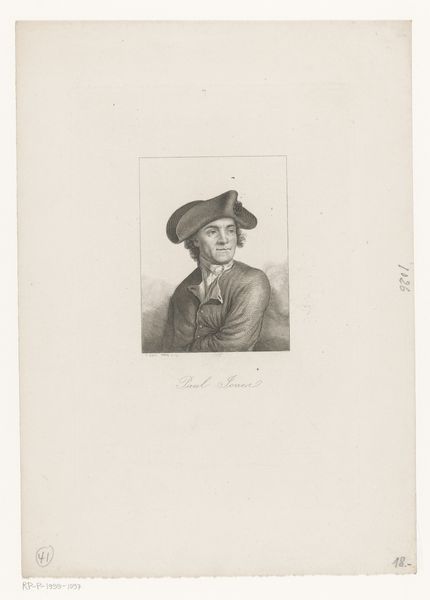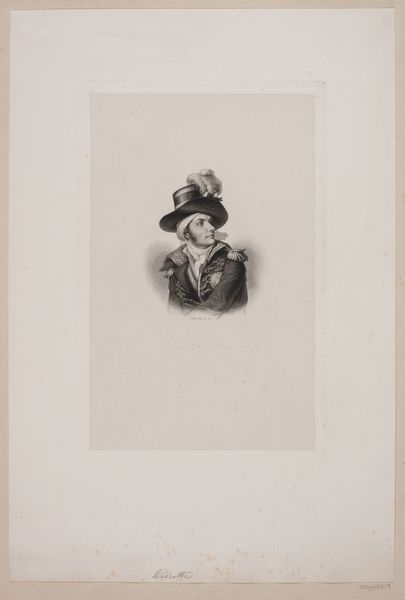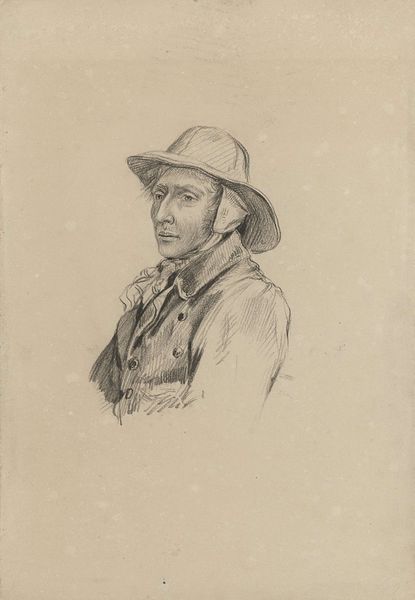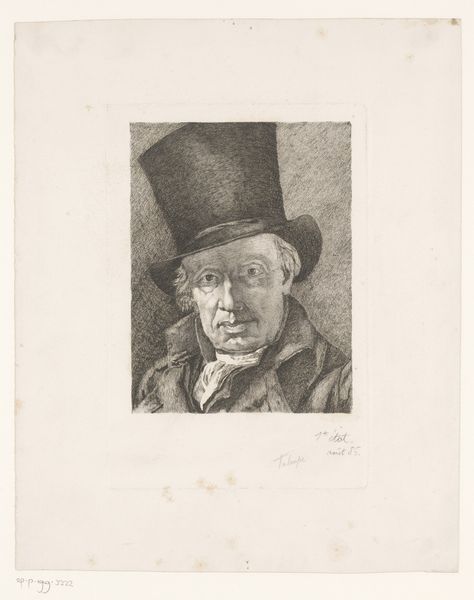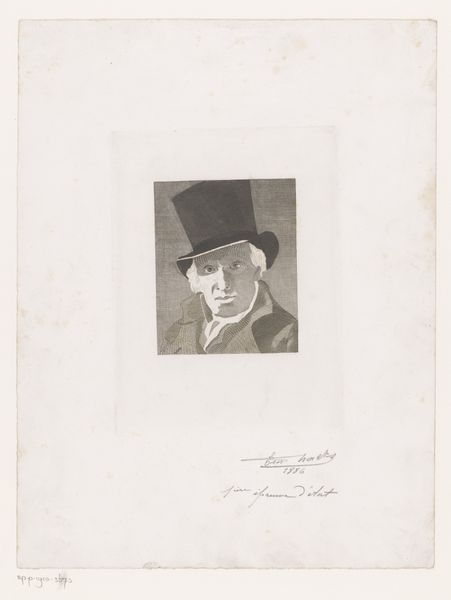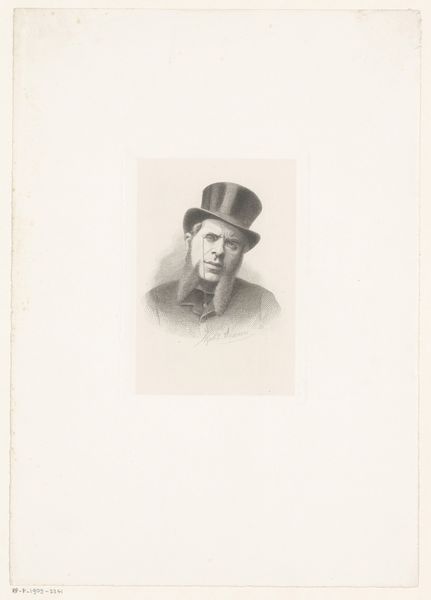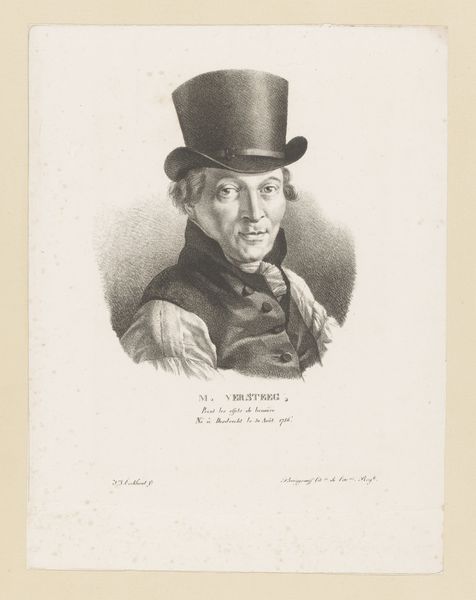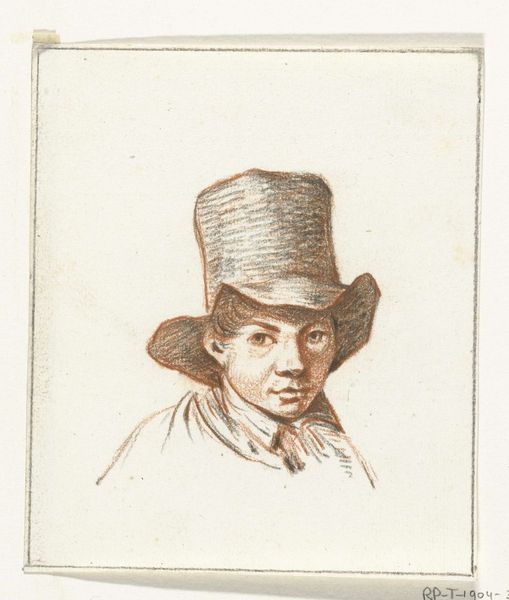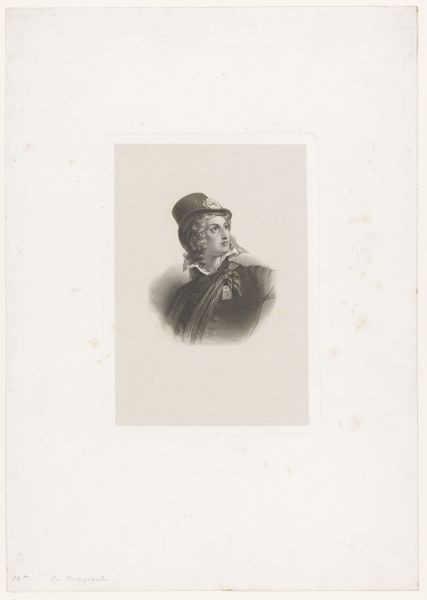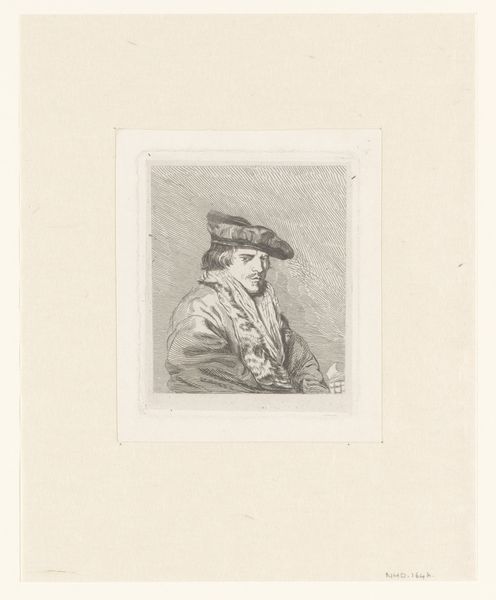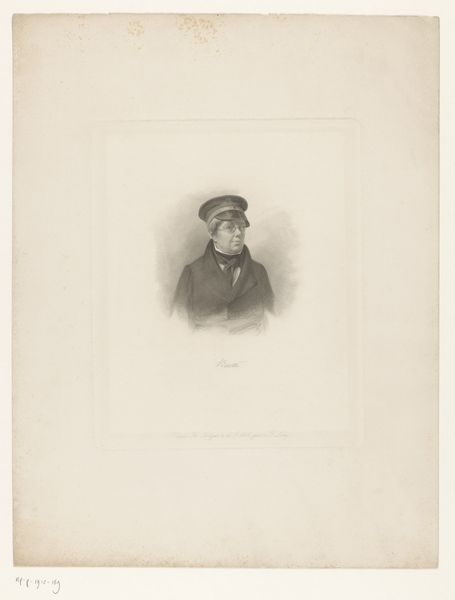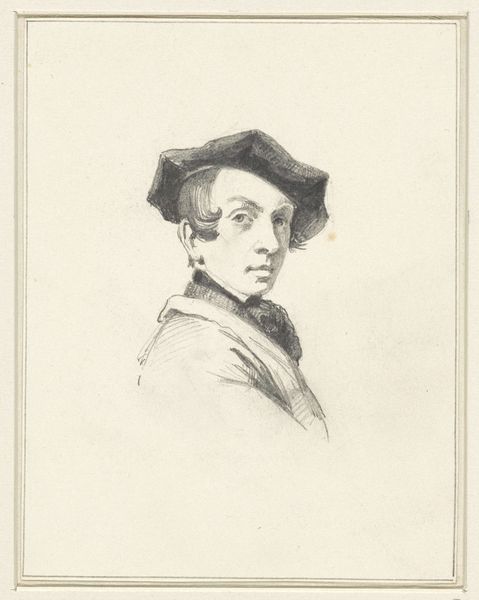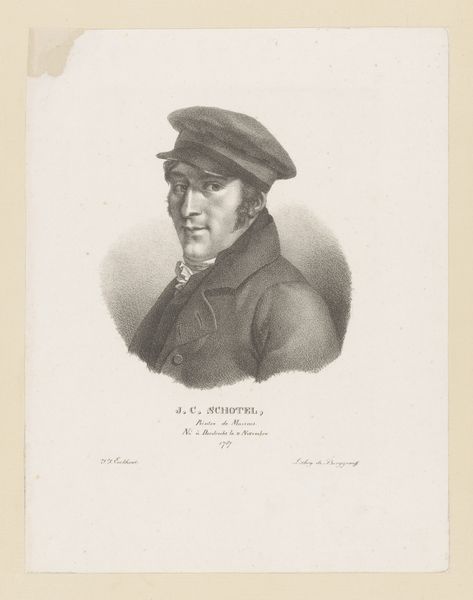
drawing, pencil
#
portrait
#
pencil drawn
#
drawing
#
pencil sketch
#
caricature
#
pencil drawing
#
pencil
#
portrait drawing
#
realism
Dimensions: height 298 mm, width 240 mm
Copyright: Rijks Museum: Open Domain
Curator: I'm immediately struck by the quiet melancholy radiating from this sketch. The downturned gaze, the subdued palette... Editor: Indeed. This is Pieter van Loon's "Bust of an Old Man with a Top Hat," dating from sometime between 1811 and 1873. A seemingly simple pencil drawing, but quite evocative. Curator: Absolutely. And that simplicity, the raw quality of the pencil on paper, brings a certain honesty to the subject. We see the labor in those delicate lines, building form and texture. Is that perhaps handmade paper, or a commercially produced variety common for quick sketches? The story the materials could tell! Editor: The choice of materials would certainly dictate the art's accessibility. Van Loon lived during a time of great social and political upheaval; how did this portrait fit into the artistic currents of his time? Was this a commissioned work destined for a wealthy patron, or something born of the artist’s personal interest? Curator: I’d hazard the latter. There's something very immediate about it, as if captured in a fleeting moment. Look at how he suggests form through hatching, barely modeling the hat. The quick strokes capture light reflecting from the brim. It's an exercise in efficiency of mark-making, really pushing what pencil and paper can do. Editor: It's tempting to read it as commentary on societal hierarchies. The high hat, a clear marker of bourgeois status, paired with such world-weariness, hinting at perhaps internal conflicts...or the general stresses placed on this demographic throughout that century. Is he simply weary or something deeper, reflecting social tensions that are rarely expressed so openly. Curator: A fascinating possibility! It underlines the enduring power of ostensibly 'simple' art. A confluence of social station, accessible medium, the maker's process… Editor: Yes, considering the socio-historical position of artwork changes our perspective and gives this sketch significance beyond the aesthetic impression. It helps us to contemplate social tensions inherent in art and artistry during such period. Curator: It is definitely a perfect example to show art beyond the artist. Editor: A portrait capturing both the visible and the invisible contours of an era.
Comments
No comments
Be the first to comment and join the conversation on the ultimate creative platform.
